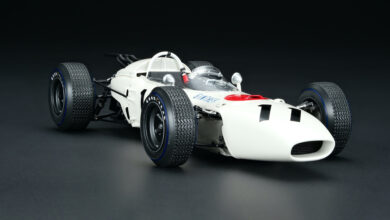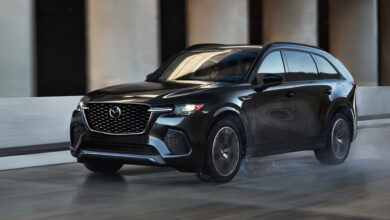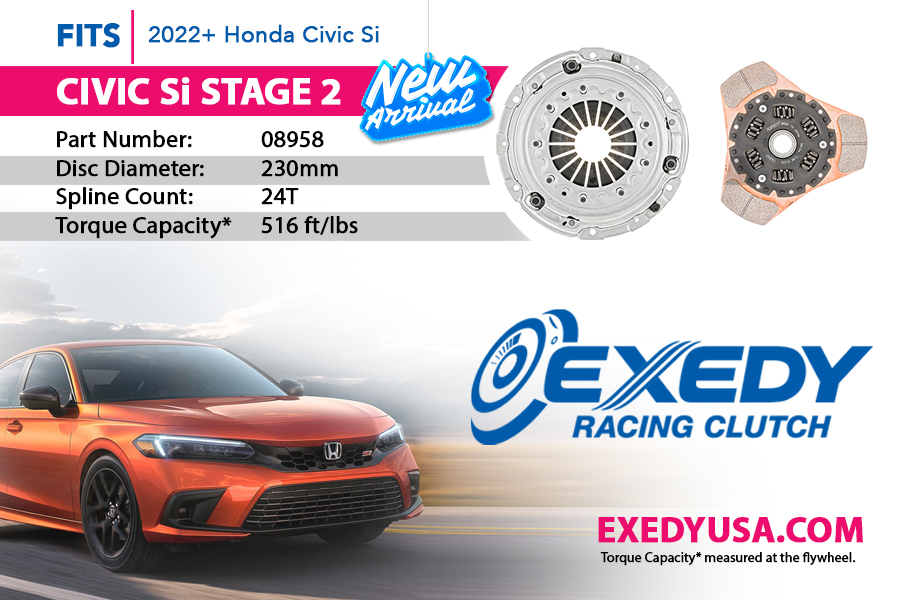Honda Opens First Hydrogen-Hybrid Plant in America
The new CR-V e:FCEV will utilize a U.S.-built fuel cell system with 270 miles of range...

Honda celebrated the start of production of the all-new 2025 Honda CR-V e:FCEV fuel cell electric vehicle (FCEV) at the Performance Manufacturing Center (PMC) in Ohio.
The all-new CR-V e:FCEV is the only FCEV made in America, as well as the first production hydrogen FCEV in the United States to combine an all-new U.S.-made fuel cell system with plug-in EV charging capability, according to the company.
A compact CUV, the CR-V e:FCEV received a 270-mile EPA driving range rating, combining the fuel cell system with plug-in charging to provide up to 29 miles of EV driving with the flexibility of fast hydrogen refueling for long trips.

“The Performance Manufacturing Center was conceived as a small volume manufacturing facility with a focus on craftsmanship, I’m proud our production technicians leveraged experience building the Acura NSX to take on the challenge of making this all-new Honda CR-V e:FCEV,” said Patrick McIntyre, lead of PMC.
In addition to producing the Honda CR-V e:FCEV in America, the next gen fuel cell system that powers it is also made in the U.S. at Fuel Cell System Manufacturing LLC, in Brownstown, Michigan – the joint venture production facility established by Honda and General Motors (GM).
The new fuel cell system was co-developed by Honda and GM, achieving higher efficiency, with durability performance doubled and cost reduced by two-thirds compared to the previous fuel cell system in the Honda Clarity Fuel Cell. Production technicians at PMC navigated several challenges related to new production processes to transition from building the Acura NSX supercar to the Honda CR-V e:FCEV. Below is a list of several key initiatives.
- New components: PMC technicians are taking on multiple new assembly processes specific to producing a vehicle powered by both a fuel cell system and a plug-in EV battery, requiring multiple connections for the vehicle’s two power sources and the Power Supply Connector that can provide electrical power for various external devices. These include:
- Sub-assembly of two hydrogen tanks
- Compressing hydrogen to 10,000 PSI via a new onsite station
- Installation of the fuel-cell system along with connecting high pressure piping and wiring
- Sub-assembly and installation of the under-floor battery
- New Weld System: Transitioning to the CR-V e:FCEV required a complete transformation of the Weld Department, from a highly-automated welding system created for an aluminum spaceframe to a multi-material unibody construction.
- Paint System Modifications: The larger and heavier all-steel body of the CR-V e:FCEV requires a different corrosion protection application process.
Video of the manufacturing innovations can be found here.



